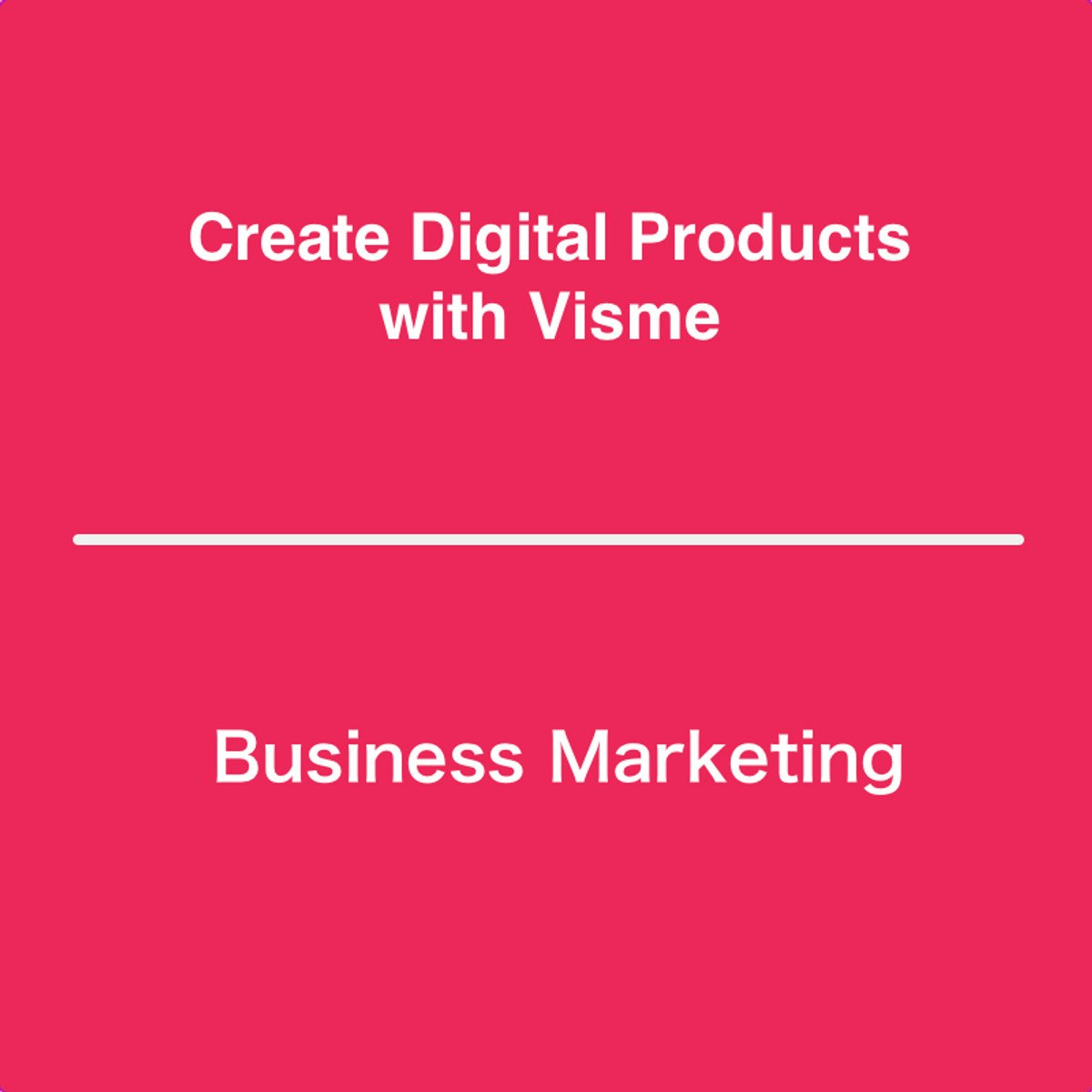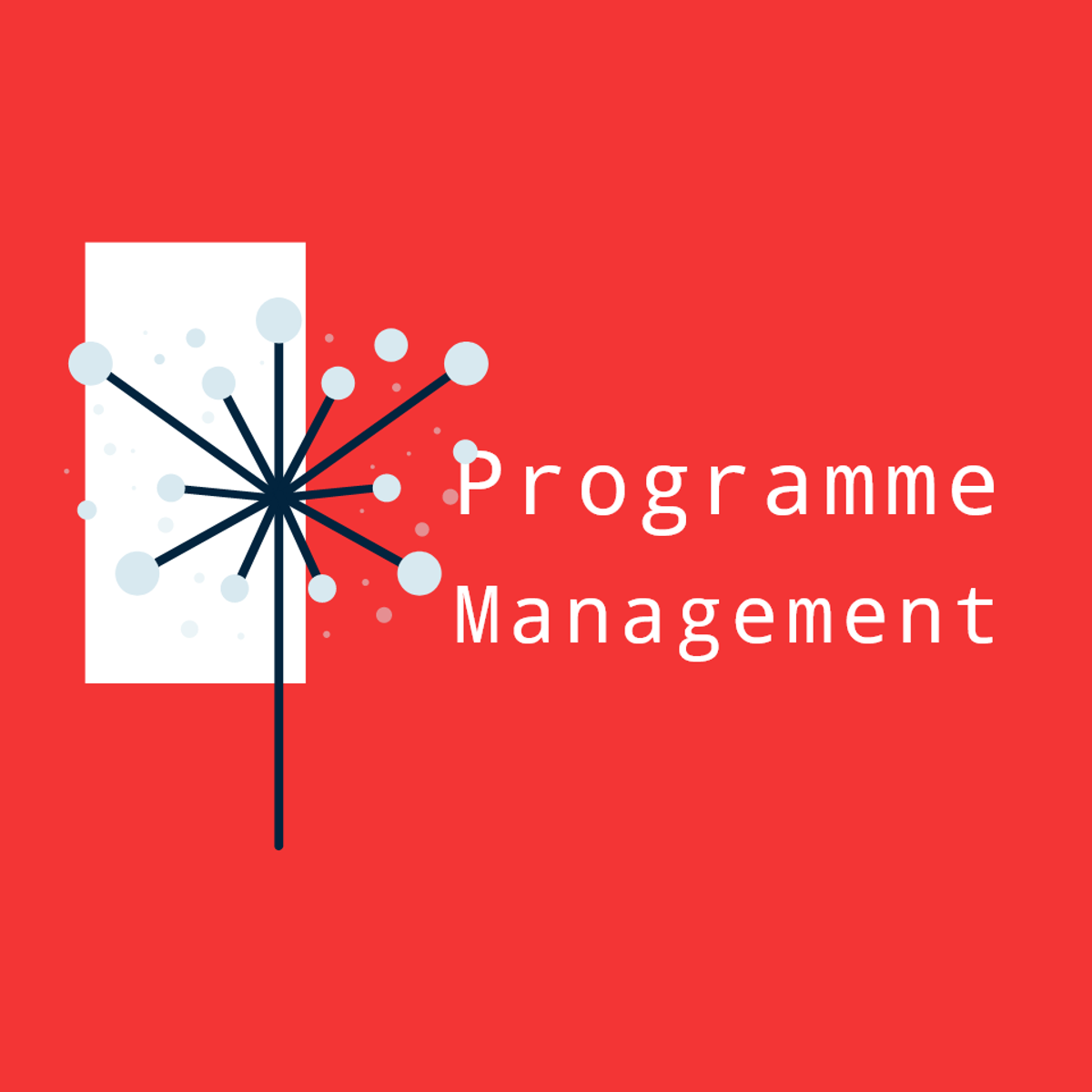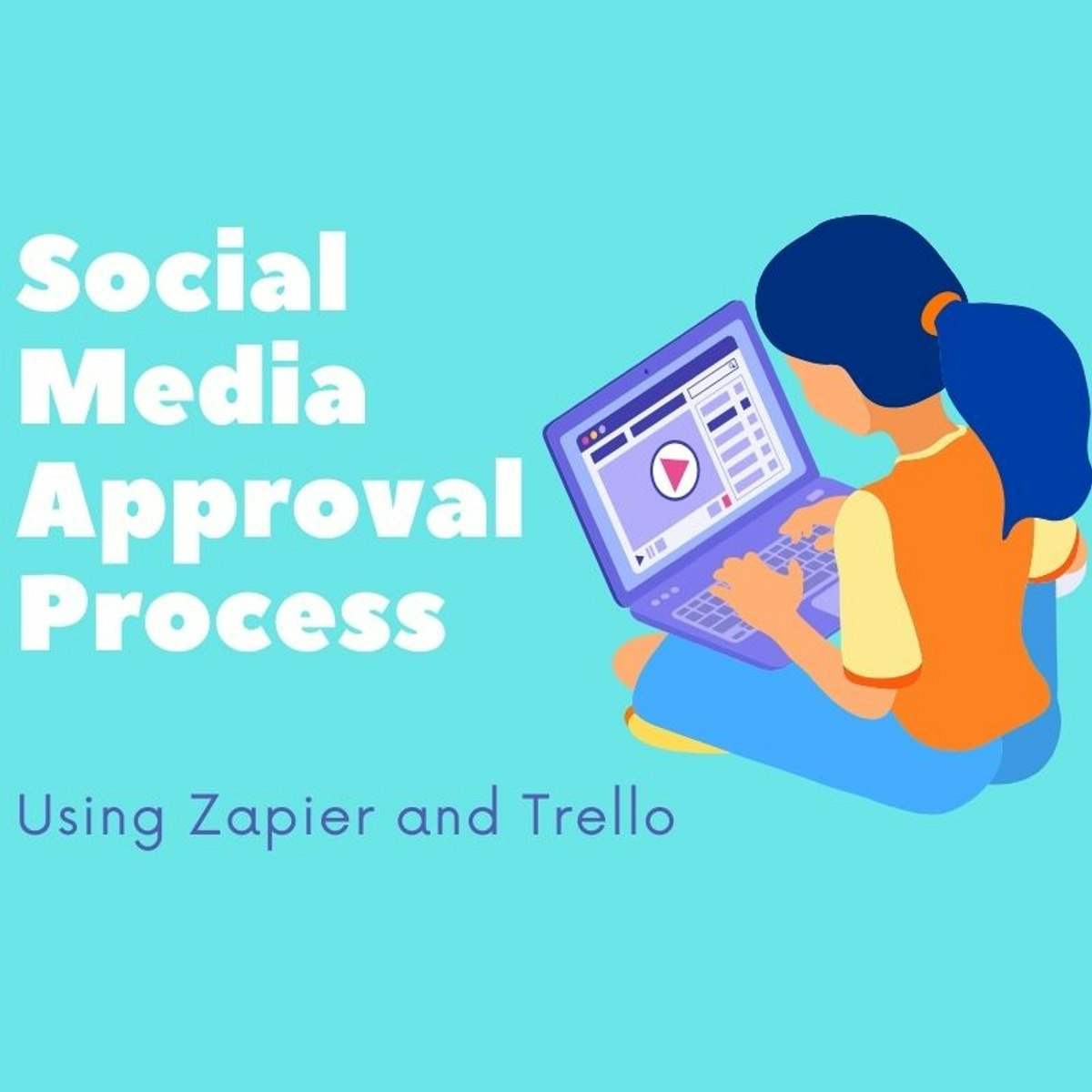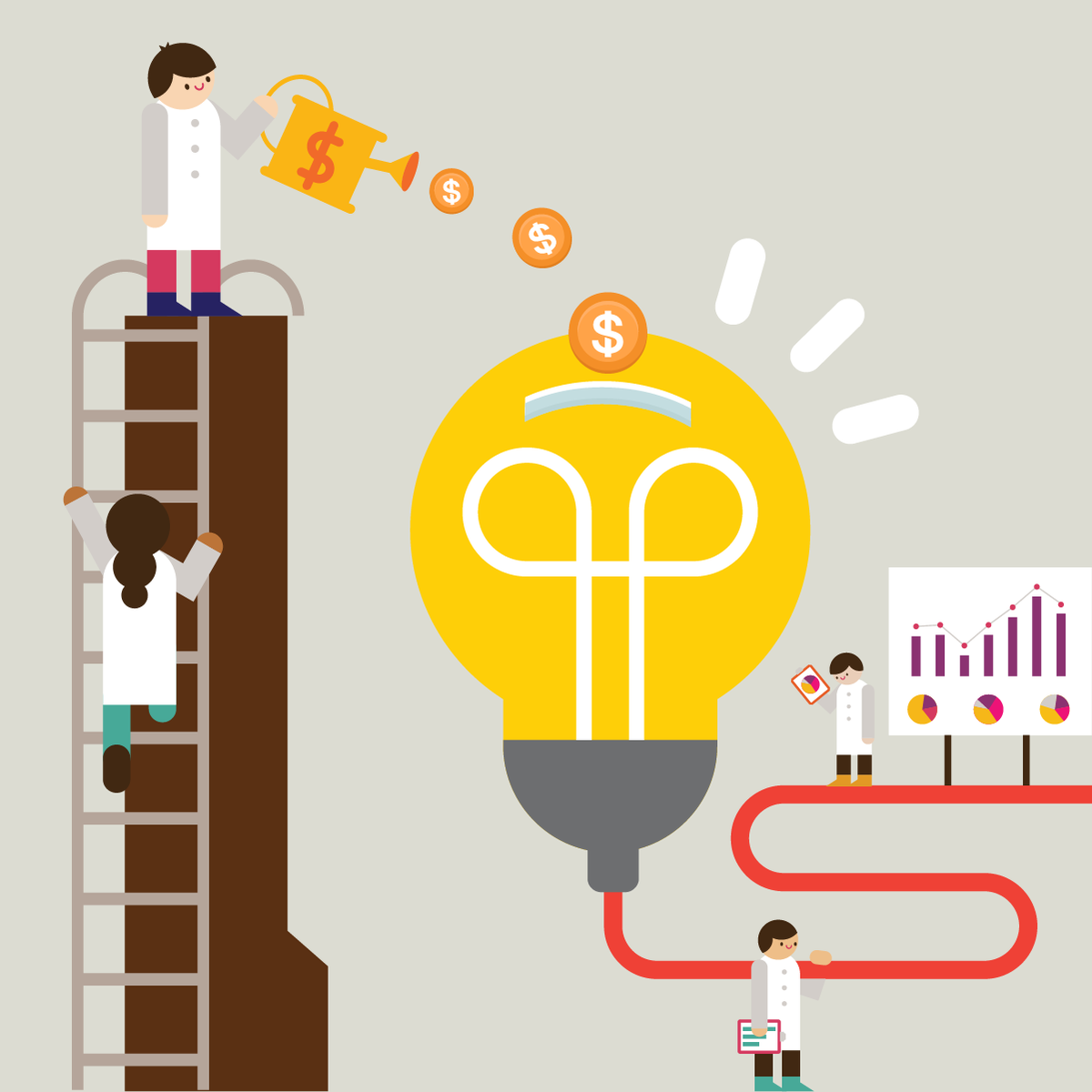Back to Courses









Business Strategy Courses - Page 6
Showing results 51-60 of 543

Becoming a Social Entrepreneur: Getting Started
Do you have an idea that could help solve a societal problem? Are you wondering if starting a social enterprise is the best way to go forward? You are thinking about becoming a social entrepreneur!
In this course, you’ll critically examine what makes for a good idea, and whether that idea requires starting a new business. You’ll craft a personal immersion plan while considering different ways to create impact. You’ll explore the personal challenges and connections to your life’s purpose before deciding to commit to becoming a social entrepreneur.
Each week, you’ll see and hear from 11 real-life social entrepreneurs, working around the world, and sharing the lessons they’ve learned as well as the mistakes they’ve made and how you can overcome them. Among their experiences are: providing clean water in India and the Dominican Republic, warming premature babies without incubators, improving education in Africa and Detroit, and providing affordable fresh food to low-income residents of Los Angeles. Ultimately, you’ll be able to decide whether your idea is necessary for the world, and if starting a social enterprise is the right path for you. This course is based on the book “Becoming a Social Entrepreneur: Starting Out, Scaling Up and Staying True” by Michael Gordon.

Building Fintech Startups in Emerging Markets
Starting a small business in an emerging market can be very rewarding. Many of entrepreneurship opportunities in emerging markets arise out of necessity, or the drive to solve a real need or a social problem. Thus emerging markets often offer huge opportunities for disruptive innovation. Entrepreneurship has contributed to economic growth and been able to respond to social problems, helping some communities prosper. With the rise of fintech, financial solutions using technologies such as the cloud, blockchain and machine learning have by-passed or partnered with established financial institutions to serve new markets.
This course takes us through the basics from “What is entrepreneurship?” to applying commonly used business planning tools, such as design thinking and business model canvas. Design thinking is a methodology that encourages startups to focus on user-centric products and services. There are also insights on topics like regulation, intellectual property, funding and growth that are important for startups.
I’ve invited along experts who teach and support entrepreneurs. This includes some really interesting people in various stages of their start-up business development. We will be talking with Zlto (a digital currency), Yoco (mobile payments), Proof of Steak (alternative asset investment) and Kuba (a digital ‘middleman’ for small businesses) to name a few.
As we will learn, there is no such thing as being ‘ready’ or, choosing the ‘perfect time’ to become an entrepreneur. You are already one, so let’s take the next steps on your entrepreneurial journey by joining your peers around the world on this course. This course is for everyone, and not only those interested in only fintech.

Create Digital Products with Visme
By the end of this project, you will create an ebook template and a logo for digital products using the free version of Visme. Your new acquired skills will help you market your business and sell your products in the marketplace.
You will be able to incorporate a color scheme, images, and other design elements for aesthetically pleasing and value added business marketing collateral. We can use Visme to complete this project because it provides all the tools you need to create an organized and visually appealing product while offering a variety of options for sharing and collaboration. You will learn how to plan and organize your ideas and utilize graphic design tools.
This course will include intermediate to advanced level skills. Creating high quality digital products is the perfect way to showcase your design expertise and build business without a large investment.
Note: This course works best for learners who are based in the North America region. We’re currently working on providing the same experience in other regions.

Program Risk Planning with ClickUp
By the end of this guided project, you will be fluent in creating Program Risk Management artefacts for the Planning Phase for diverse programs. You will utilise a logical diagramming plan in an agile environment to develop the solution. This will enable you to identify and classify the required components for risk planning. Furthermore, it will help develop a structural model for learning about the field of Program Management.
If you are interested in building up the knowledge leading to this guided project, the following is the link to:
[ Developing Programme Management Blueprint with ClickUp]
https://www.coursera.org/projects/program-blueprint
[Advanced Programme Planning Phases Framework in ClickUp]
https://www.coursera.org/projects/program-advanced-planning
This Guided Project is essential for individuals wanting to learn about the field, or looking to transition into working in Program Management. This guided project is designed to engage and harness your visionary and exploratory abilities. You will use proven models in an agile environment with ClickUp to engage in a hands-on learning experience.

Approve Social Media Posts with Zapier and Trello
The process that marketing and communications teams undertake to post on social media is a common tripping point for many companies. Most companies want to include creatives and managers in the process to ensure the best possible outcome. Staying aware of what is done and not done, what is ready for review and or posting, when and if revisions are requested and other steps are important to ensure timely, accurate, and impactful posts. Getting there is the tricky part.
In this project, the learner will learn how to create an approval process that not only informs the stakeholders of project progress but also sends reminders and updates when deadlines are missed.
Note: This course works best for learners who are based in the North American region. We’re currently working on providing the same experience in other regions.

Engagement Mapping to Enhance the User Experience in Miro
By the end of this project, you will be able to map engagement to visualize and understand the factors that influence the user’s experience.
To do this you will gain hands-on experience mapping the brand engagement activities that support and influence the user’s perception of their experience, so that opportunities for meaningful engagement can be maximized in the Miro online visual collaboration platform for teamwork.
Note: This course works best for learners who are based in the North America region. We’re currently working on providing the same experience in other regions.

Entrepreneurship
An entrepreneur is someone who is always on the lookout for problems that can be turned into opportunities and finds creative ways to leverage limited resources to reach their goals. In this course, learners will be introduced to the fundamental concepts, theories, and frameworks of entrepreneurship and learn how to apply them within the context of the world's largest market: China. Through cases, articles, and experiential learning, learners will gain expertise in how to identify and evaluate opportunities; interpret, analyze, and build financial models to enable high-growth ventures; practice living life as an entrepreneurial leader; and create a new product or service for the Chinese market.

Supply Chain Optimization
Optimization is an important piece of an agile supply chain. In this course, we will explore the components of optimization and how to set up an optimization problem in Excel. We will also practice capacity and resource optimization and explore examples of both in the supply chain. Building off of our optimization practice, we will next learn how to use a Monte Carlo simulation to make the least risky decision in uncertain supply chain situations. Finally, we will combine our skills from this and the previous two courses to build a demand and inventory snapshot and optimize it, using a Monte Carlo simulation, to mitigate risks in the supply chain.

Sales Strategy
Welcome to Course 2 - Sales Strategy - This course is designed to discuss the application of intelligence analysis in the sales planning process. And this approach contributes to integrating the sales planning process into the corporate strategy of the company because, in the strategy analysis and formulation process, we apply models, frameworks, tools, and techniques that also apply to the sales planning and management process.
Therefore, the expected outcomes of this course focus on the transition from traditional to strategic sales planning, by discussing and applying the concepts recommended to support the development of the strategic guidelines.
The concepts, models, tools, and techniques discussed and practiced during the course focus on the improvement of value creation from the sales function empowered by intelligence analysis, a process which typically applies in the strategy analysis front.
The discussions go through how intelligence analysis can support the sales function, by providing methods to connect strategy to marketing and sales planning processes.
In this course, the primary learning outcome is the ability to apply intelligence analysis to support sales planning process, and by being able to do this, you’ll improve your competencies and skills to support sales planning with a strategic approach.
You’ll develop a final assignment at the end of the course, and it is designed from an adapted real-life business case. The challenges of the case comprise the business context, through which you’ll apply the conceptual framework discussed during Course 2.
The outcomes of your analysis on the assignment case will be evaluated through a peer-review process.

Streamline Business Processes with Swimlanes in Miro
By the end of this project, you will be able to clarify a business process by panning out to fully understand where interactions that support it occur across an organization.
To do this, you will gain hands-on experience applying process management principles to visualize a complex business process and the activities that support it within a Swimlane chart in the Miro online visual collaboration platform for teamwork.
Note: This course works best for learners who are based in the North America region. We’re currently working on providing the same experience in other regions.
Popular Internships and Jobs by Categories
Find Jobs & Internships
Browse
© 2024 BoostGrad | All rights reserved